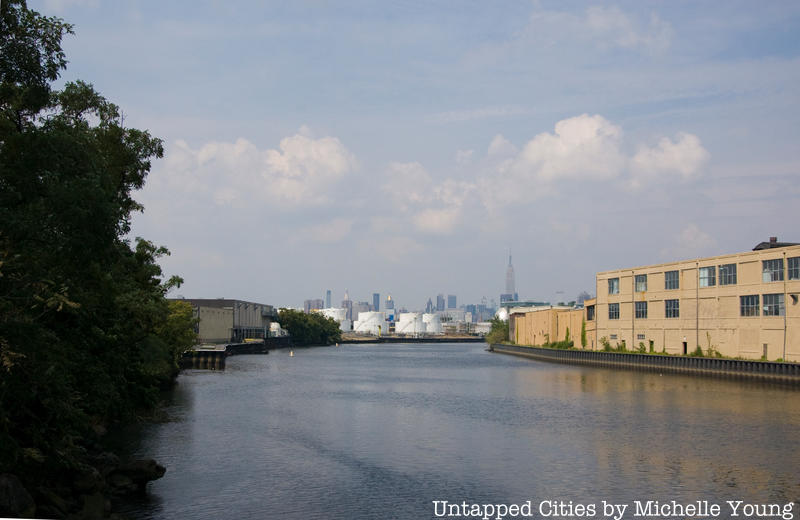6. Where’s the Border Between Brooklyn and Queens?


Disputes over the Brooklyn-Queens boundary have been raging since as early as 1661, more so reflecting the deeper conflicts between Bushwick‘s original Dutch settlers and Newtown’s English inhabitants. In 1768, a bill was passed for a commission to draw an official line between the two townships, and the next year, the borderline was measured from a huge rock called “Arbitration Rock” (remember, these were the days of natural boundaries). It wasn’t until 1880 that New York State sent surveyors to confirm the point on the rock it was measured from. Because Newtown was in Queens County and Bushwick was in Kings County, Arbitration Rock also became the boundary between these colonial counties in addition to the towns themselves.
Throughout the 1800s, Arbitration Rock was the formal marker for any property disputes between Brooklyn and Queens, with all property boundaries measured from the rock’s center. But things changed in 1898, when Newtown and Bushwick were folded into a consolidated City of New York. Arbitration Rock started losing its significance, so that by 1917, it was reduced to a decrepit, forgotten site.
Eight years later, the city redrew the Brooklyn-Queens border to alleviate disputes caused by the impeccable straightness of the former boundary, which was going right through people’s homes. In other words, someone could technically have a bathroom in Brooklyn, but a kitchen or living room in Queens.
In its 1931 Administrative Code, the City moved away from using natural markers as boundaries and instead precisely fixed a boundary to a grid plan using coordinates suggested by multiple federal agencies, rendering Arbitration Rock repetitive and unnecessary. However, even this didn’t solve the issue, as it ignored the constant, rapid development occurring in New York City, with the border running through buildings and monuments that no longer existed. In addition, the city experienced drastic demographic shifts post-World War II, and continues to evolve today. In the face of an ever-changing city, the boundary set by the 1931 code persists, resulting in continuing, tangible confusion between Brooklyn-Queens resident. Read more here.





